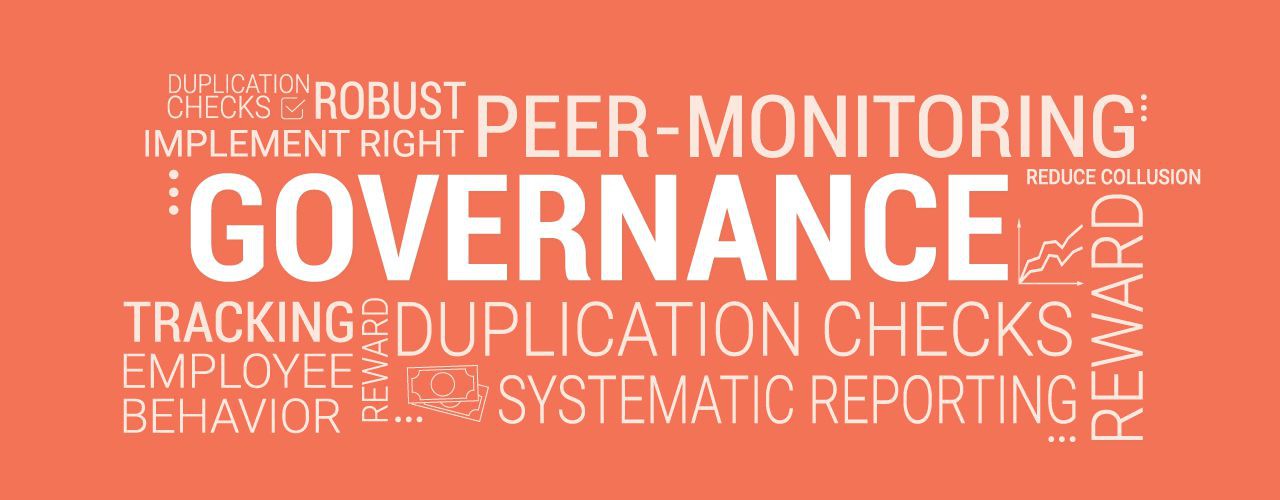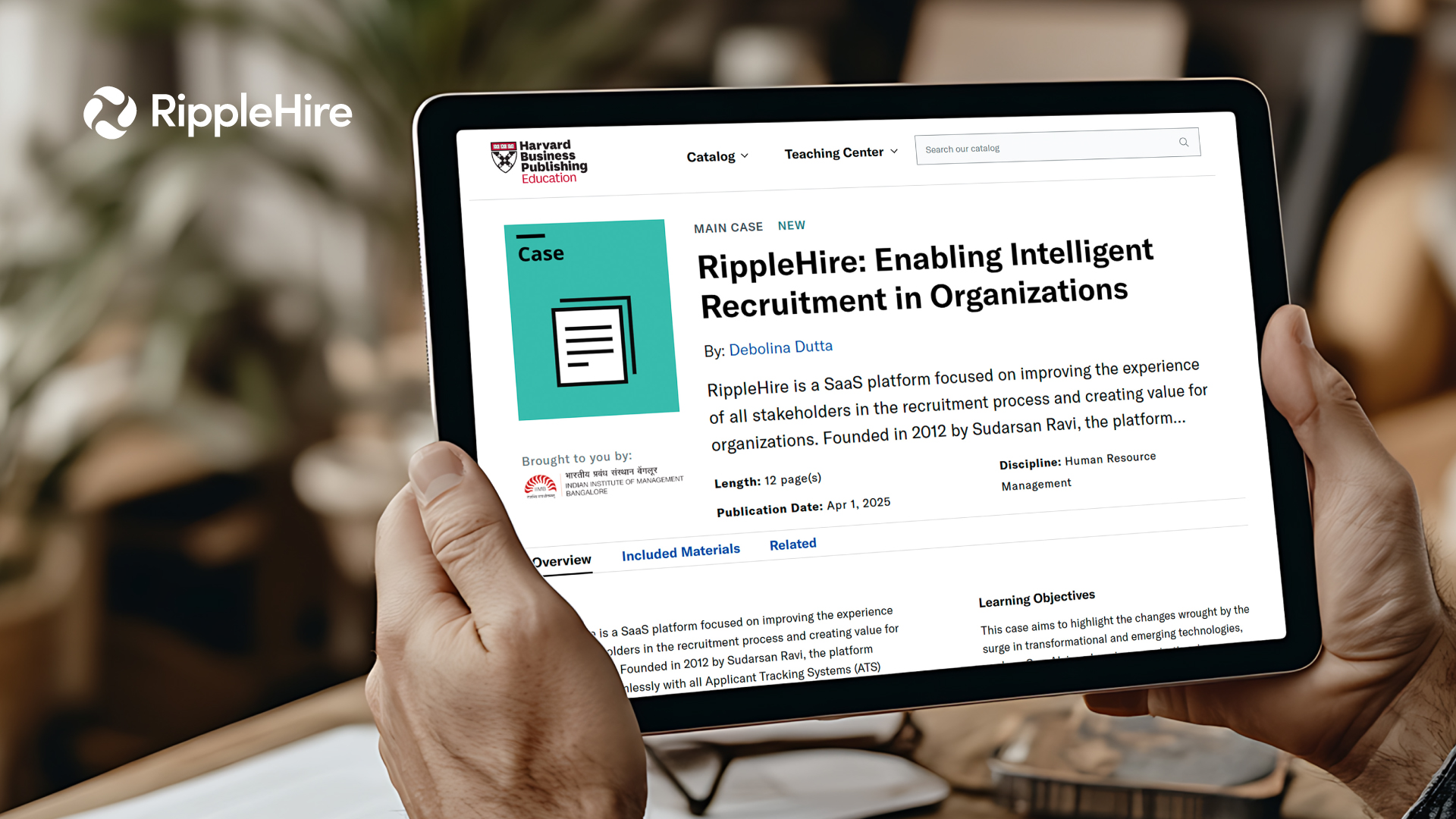How to Implement the Right Governance to Prevent Referral Fraud
Referral frauds are an issue and come in different forms. I’ve heard enough stories from several CHROs of creative referral frauds. And the need to implement the right mechanisms is critical to prevent such frauds.
The very idea of fraud dilutes a company’s culture. It raises questions about ethics and trust. Boardrooms across enterprises value and expect a high degree of governance when it comes to people practices. And if your referral program doesn’t reflect that, it hurts everyone in the long run.
Here are some practical ways we’ve seen organizations set up effective governance to eliminate or reduce referral fraud.
1. Robust Peer Monitoring
Think of peer monitoring as a basic whistleblower mechanism. Adding a peer monitoring policy is an important step toward self-regulation. And it doesn’t have to be complicated. A simple form for employees to raise or flag concerns is a good starting point.
What’s critical is awareness. Make sure your workforce knows this channel exists, knows how to use it, and trusts the process to be fair. When done right, this approach builds a culture of shared accountability.
2. Strong Duplication Checks
Any sourcing system must prevent duplicate applications. This is basic hygiene. Without it, recruiters waste time, employees feel cheated out of their rewards, and governance gaps widen.
Let’s say an employee refers a candidate named Elizabeth. But the same candidate also applied through an external vendor, and the system incorrectly credits the vendor. That’s not just a miss — it’s a potential integrity issue.
With a strong duplication policy in place, your system will clearly log the first source of application. Everyone knows who brought the candidate in. No confusion. No conflict.
3. Automated Source Tracking and Reward Attribution
If you’re still manually assigning candidate sources, you’re already vulnerable. Automated source tracking takes the subjectivity out of it. When your referral system can automatically tag and attribute candidates to the right employee source, you reduce the risk of disputes and manipulation.
In fact, when source tracking and reward logic are transparent and automated, it builds trust — not just in the program, but in the system behind it.
4. Tracking Excessive Employee Behavior
Yes, even the best systems can be gamed. There have been cases where employees pooled resources, bought job board licenses, and mass-uploaded resumes — all to cash in on referral rewards.
This is where smart tech comes in. Implement a referral system that tracks submission patterns and flags outliers. For example, if an employee is referring 40 candidates a week with unusual consistency, that’s a red flag worth investigating.
Having this system-level visibility lets you act early. A short one-on-one conversation with the concerned employee usually sets things straight before it escalates.
5. Preventing Collusion Within the Hiring Flow
One of the most common fraud patterns we’ve seen is collusion between the referrer and the decision-makers. A hiring manager could refer a candidate, interview them, approve the offer, and collect the reward. That’s a serious loophole.
To prevent this, enforce separation of roles. Your system should flag if the referrer is also the interviewer or the offer approver. These basic checks — rooted in the age-old maker-checker principle — protect the program from misuse and improve auditability.
6. Systematic Reporting and Auditing
You can’t govern what you don’t measure. Regular audits of recruiter and employee combinations help you identify repeat patterns or suspicious relationships.
Reporting is your safety net. It gives you the ability to see if the same recruiter-employee pair is repeatedly involved in fast-track referrals or disproportionate rewards. With the right reporting framework in place, outliers stand out. You don’t have to micromanage — you just need to monitor the right signals.
Bringing It All Together with Technology
At RippleHire, we’ve spent years helping large enterprises design referral programs that are fast, scalable, and fraud-proof.
As a high-performance ATS, our platform comes with built-in governance capabilities — from auto-duplication checks to fraud behavior detection — so your referral engine runs clean and delivers results. If you’re looking to operationalize governance without slowing things down, we’d be happy to share how our customers do it.
Final Thoughts
An employee referral is still the most powerful channel for hiring quality talent. It impacts time to fill, offer to join ratios, candidate experience, and employee engagement. But to protect its credibility, governance is not a nice-to-have. It’s essential.
By putting the right checks and balances in place — through systems, culture, and technology — you can safeguard your referral program from misuse and strengthen your employer brand.
Have you seen or experienced interesting referral frauds in your organization? What governance ideas worked for you? I’d love to hear from you.
Frequently Asked Questions (FAQ)
1. What is referral fraud?
Referral fraud occurs when employees misuse the referral program to gain rewards unfairly. This could include submitting ineligible candidates, creating fake profiles, or manipulating the referral process in collusion with others.
2. Why is governance important in referral programs?
Without governance, referral programs lose trust and effectiveness. It’s essential to have policies, system checks, and audit trails to maintain integrity, avoid disputes, and ensure fair rewards.
3. What are the signs of referral fraud?
Common signs include excessive referrals from a single employee, repeat hires from questionable sources, disputes over referral credit, and hiring managers referring their own candidates.
4. Can technology help prevent referral fraud?
Yes. A high-performance ATS like RippleHire includes features such as automatic duplication detection, source tracking, peer monitoring workflows, and audit-ready reporting to flag and reduce fraud.
5. How can we promote awareness about referral governance?
Run internal campaigns, add peer monitoring forms to your intranet, conduct quarterly training for recruiters, and publish referral program do’s and don’ts on employee portals.






